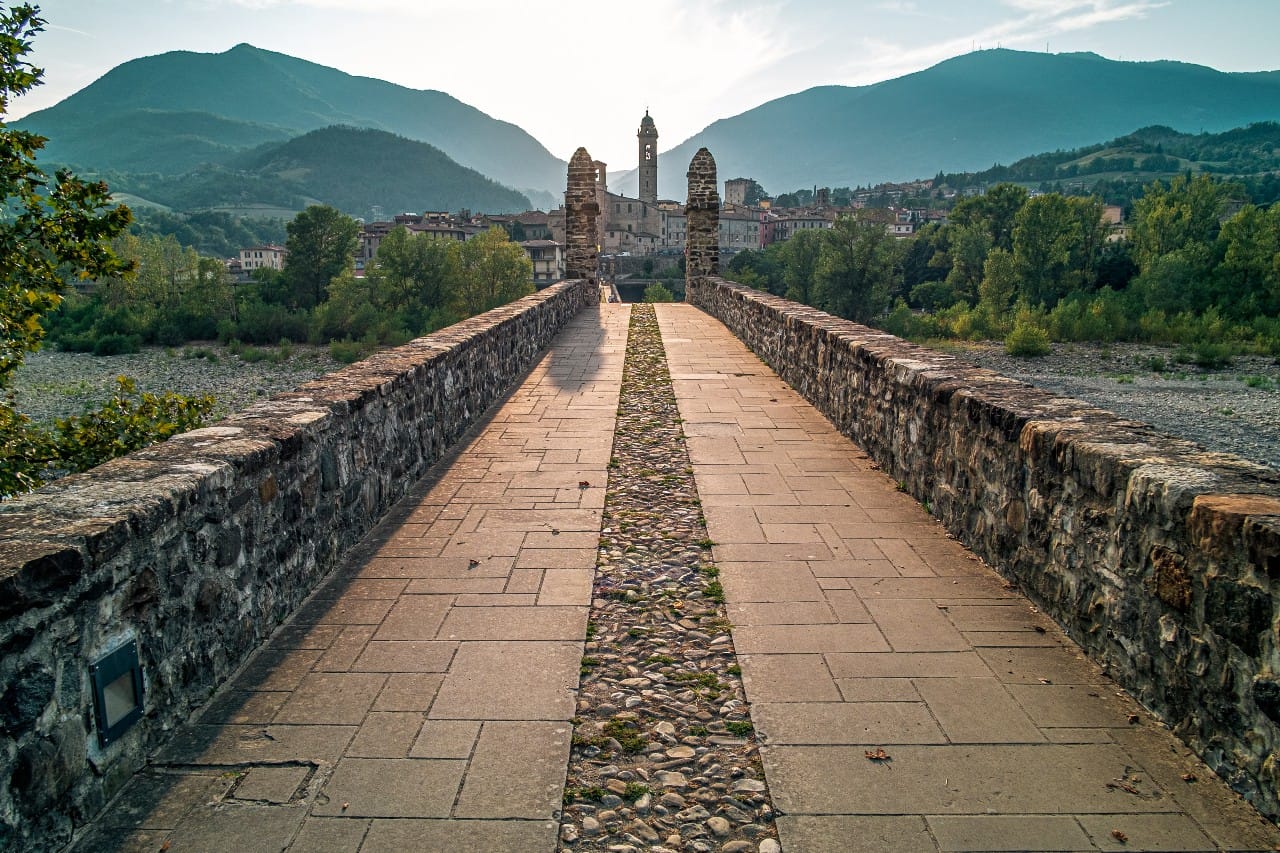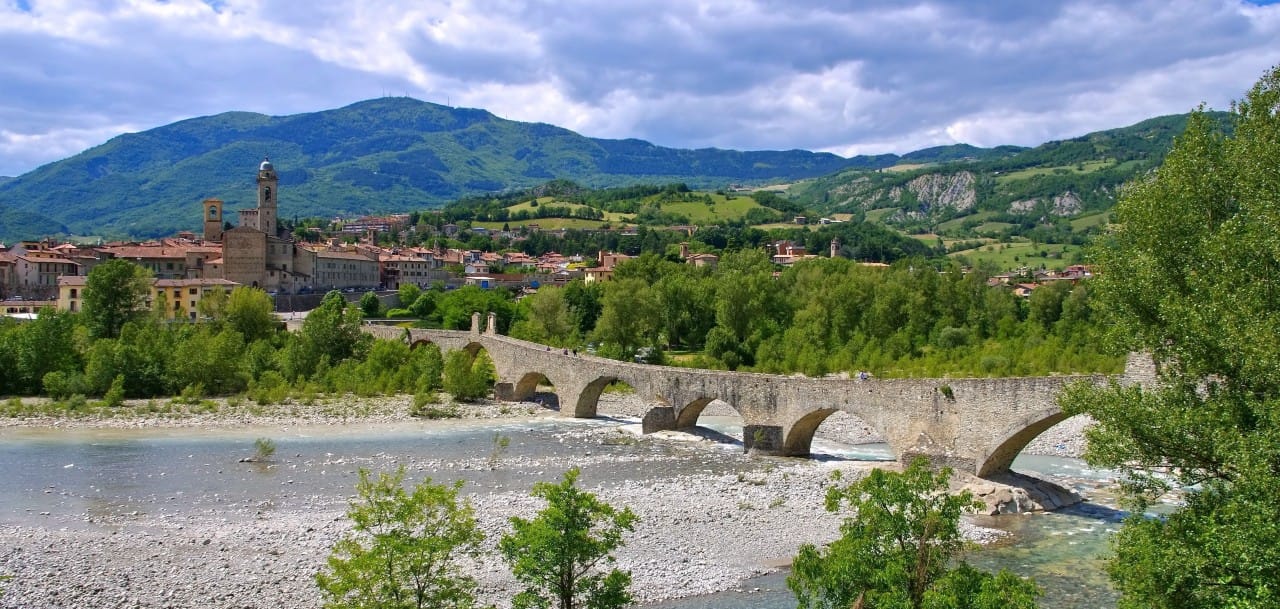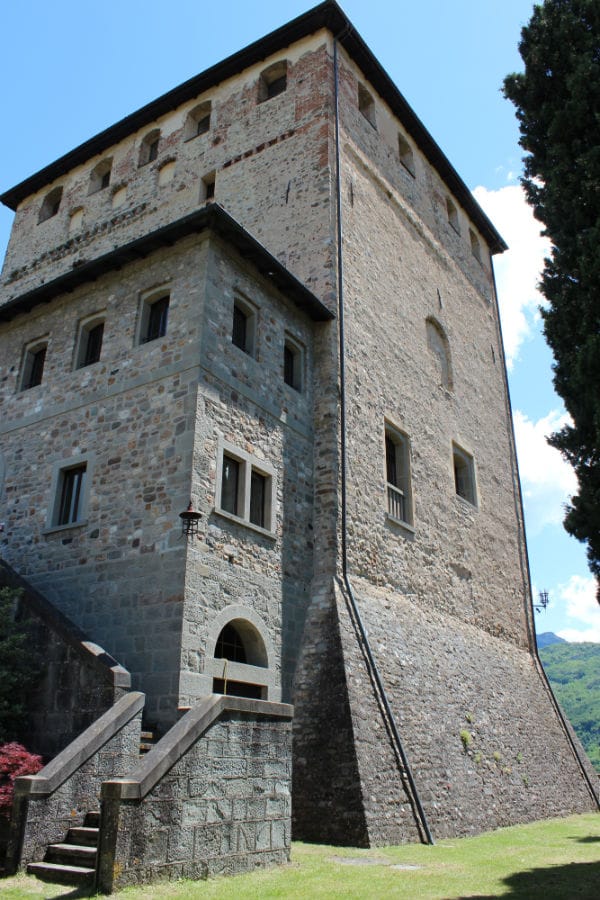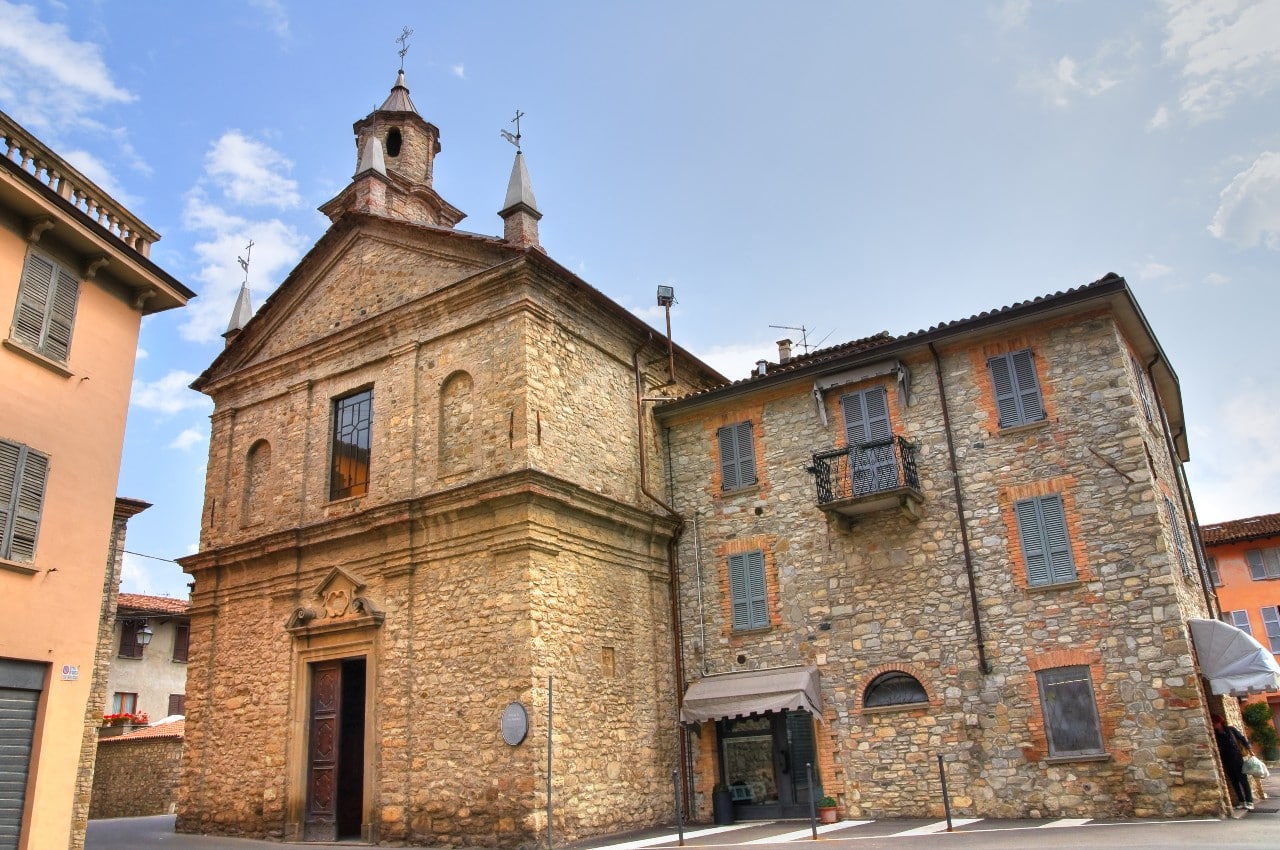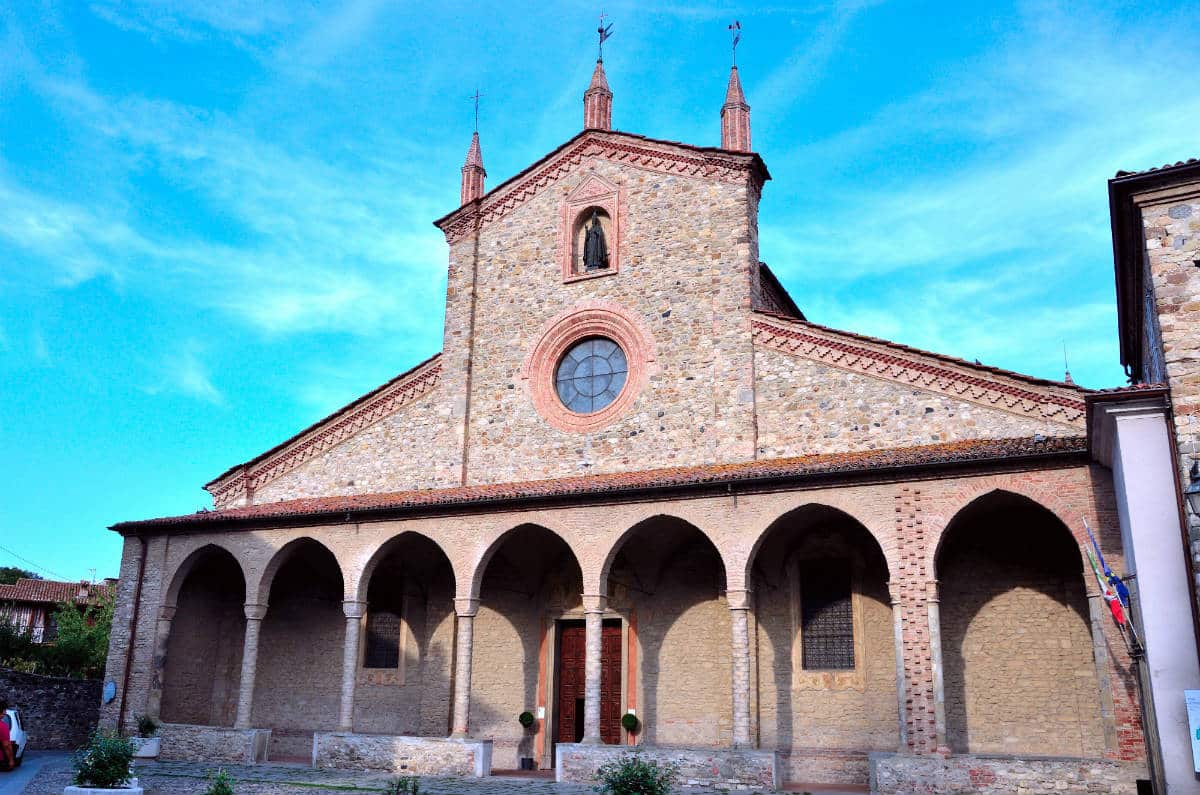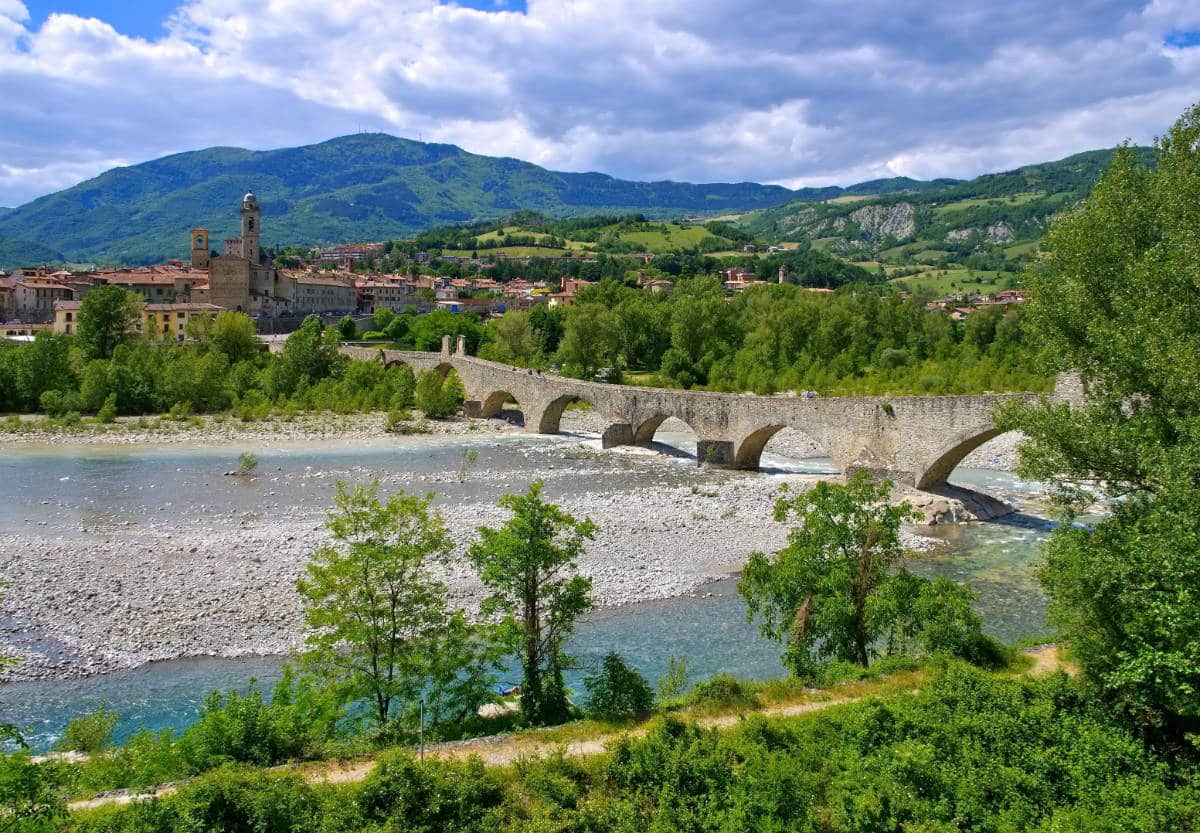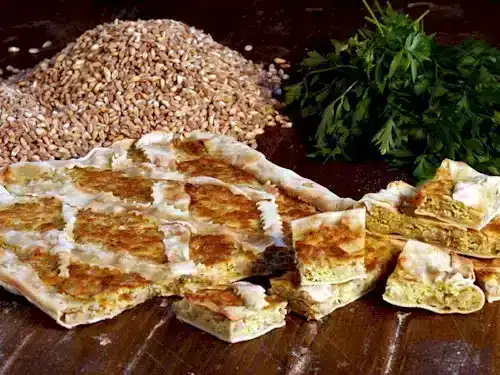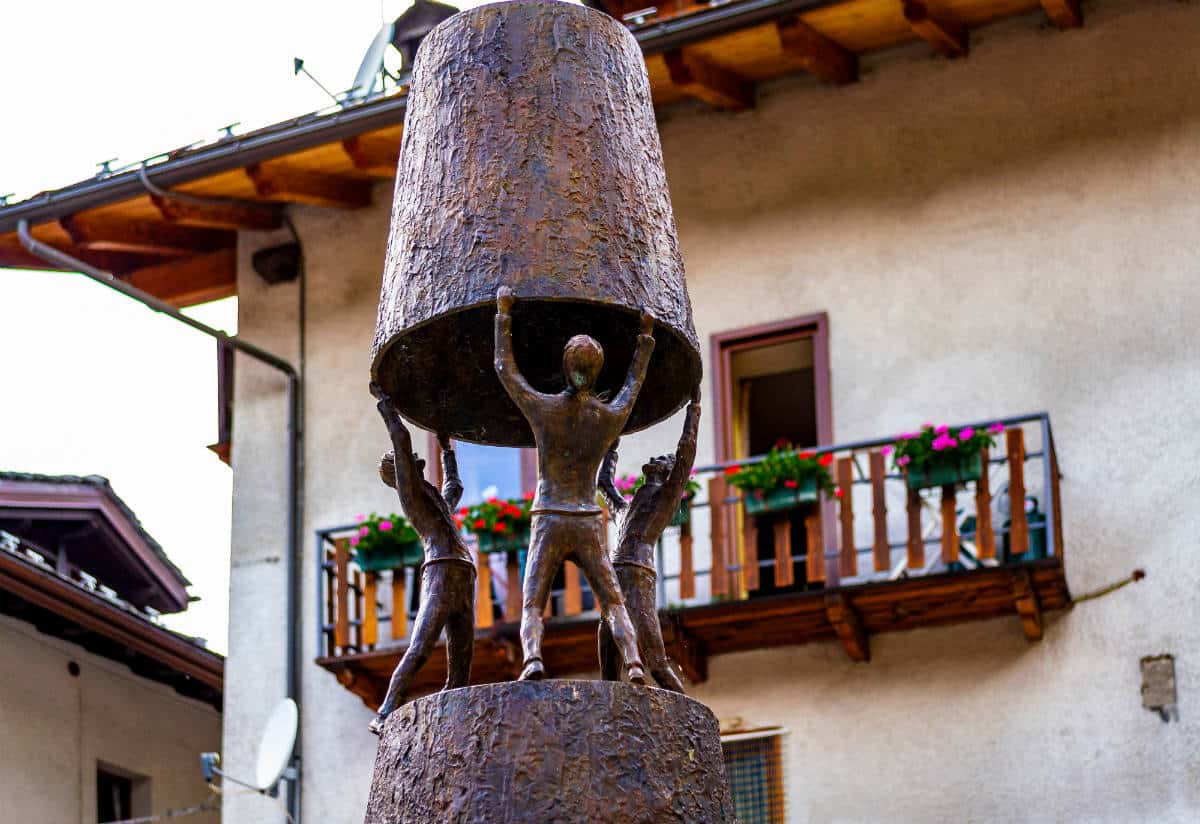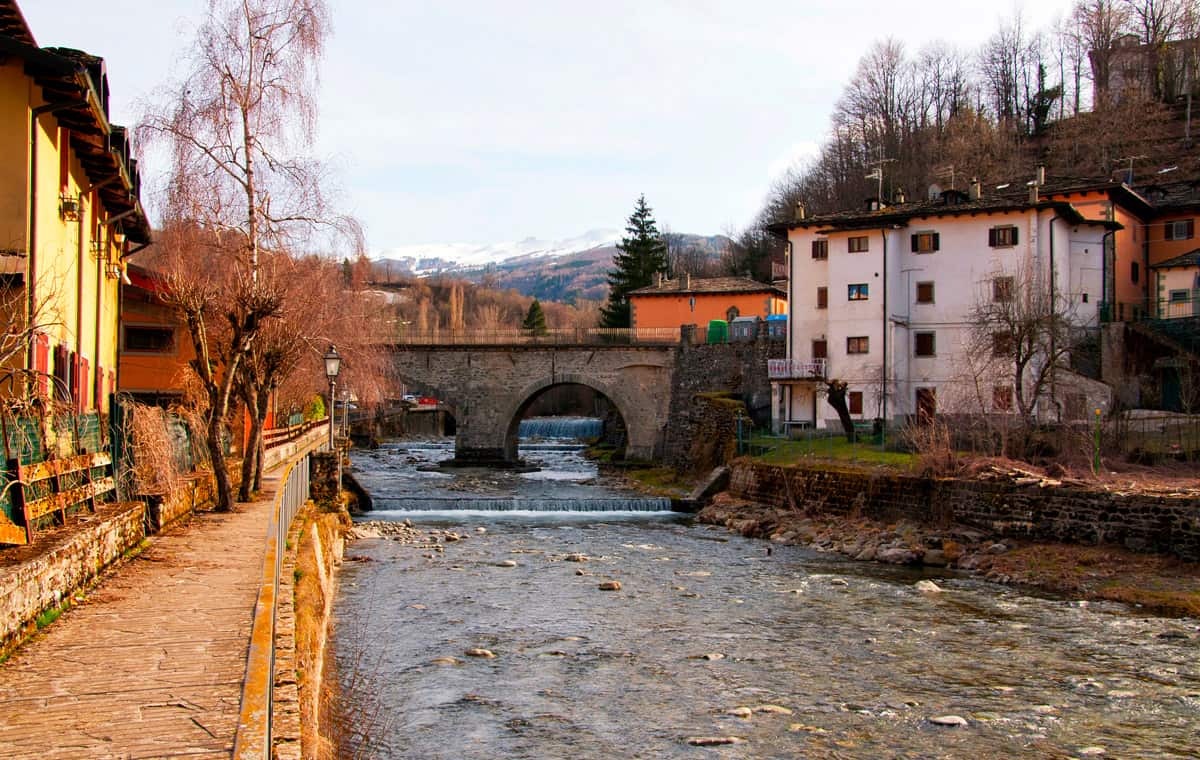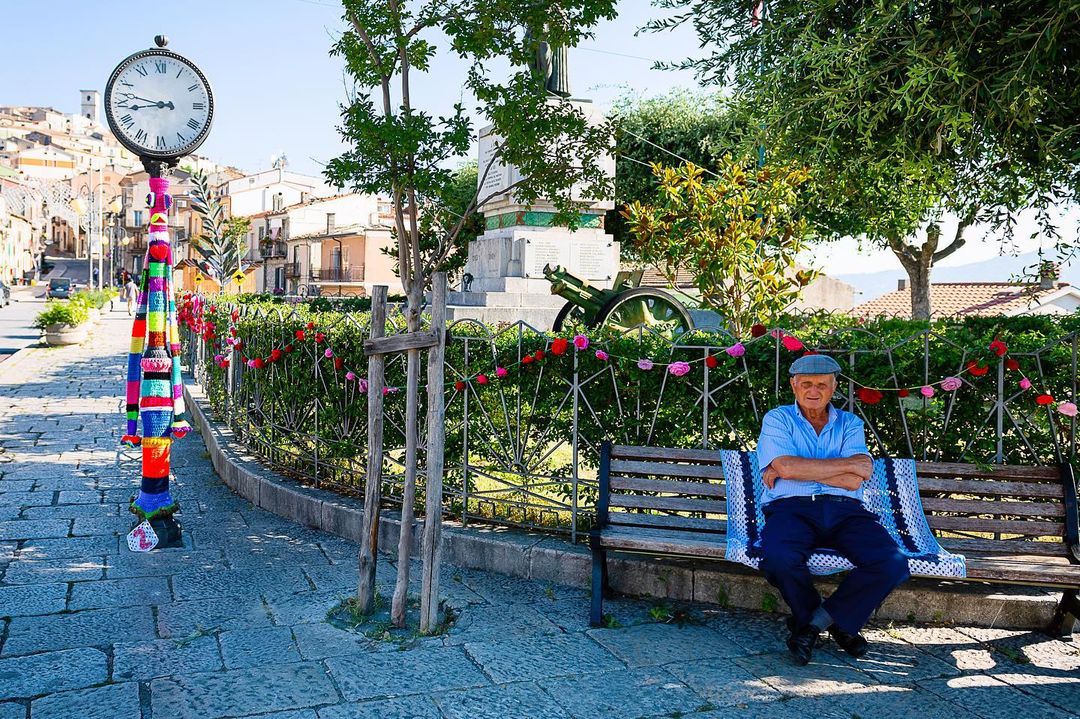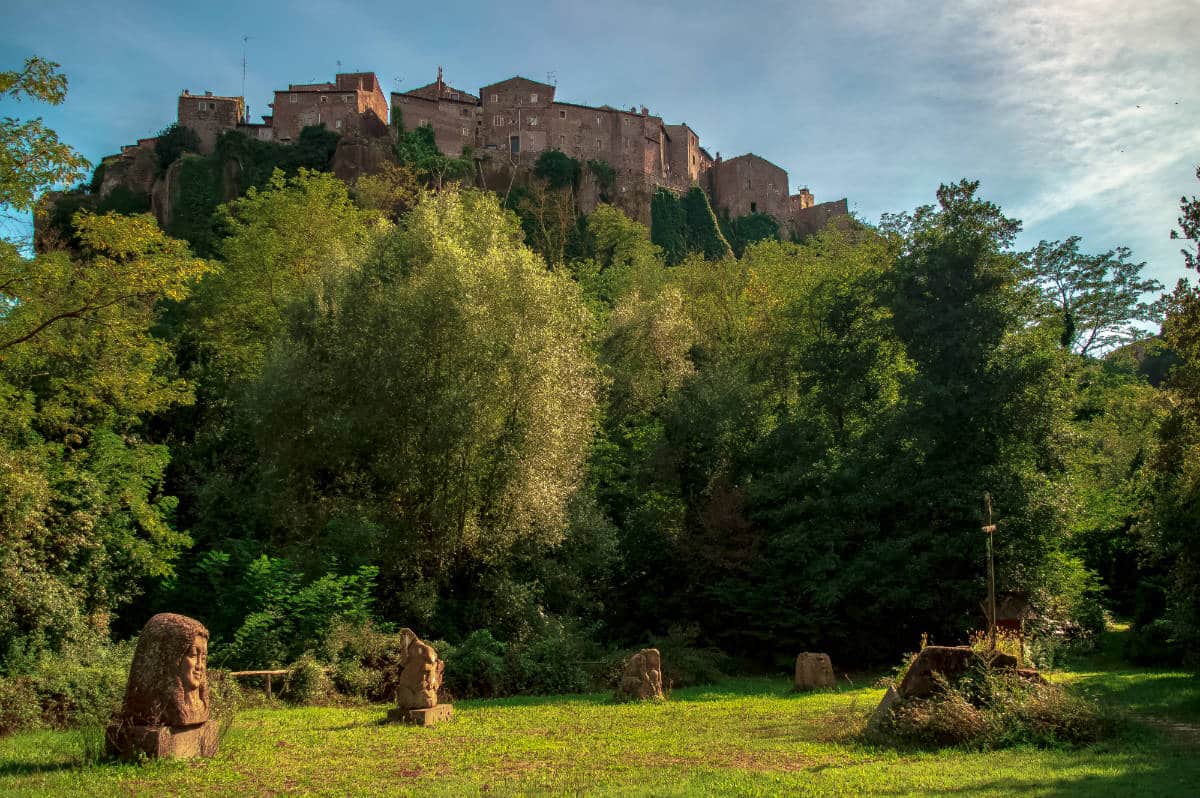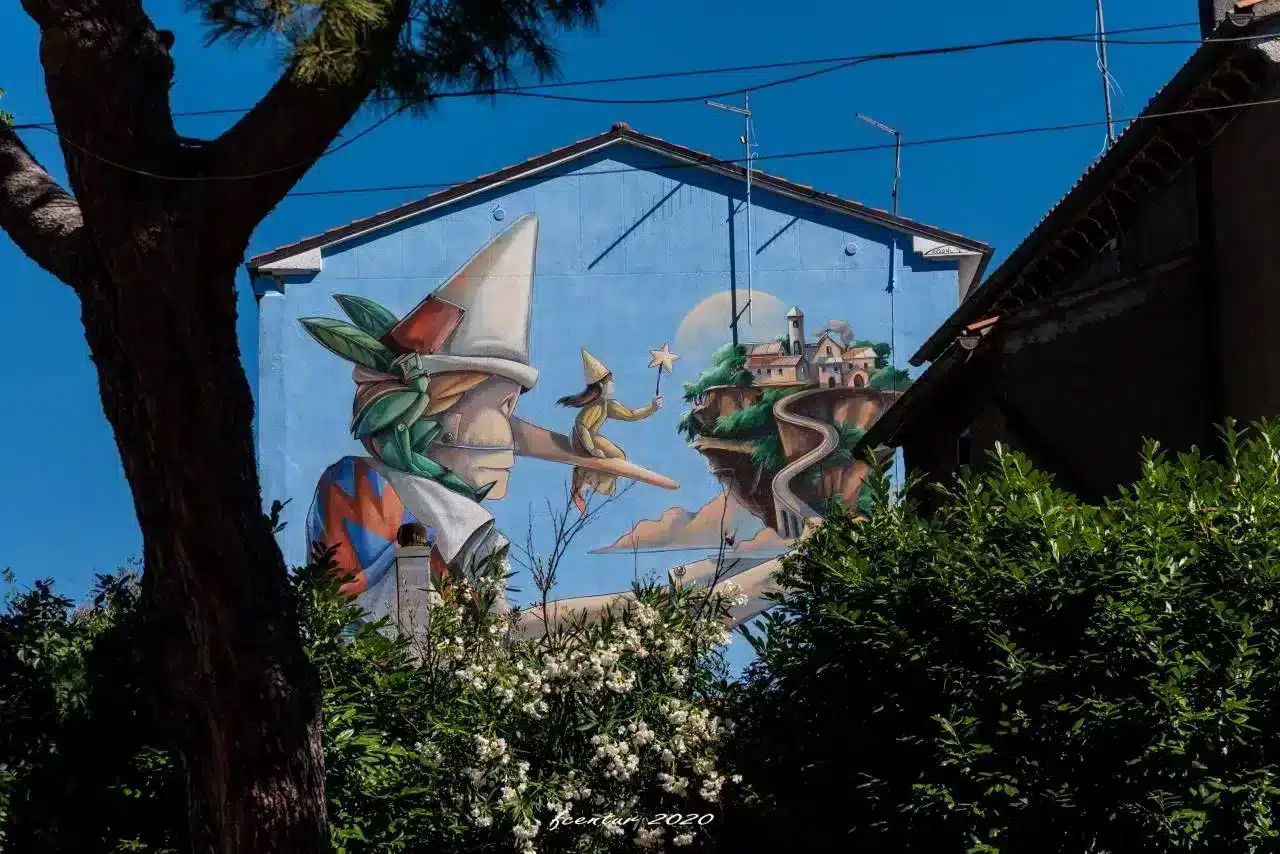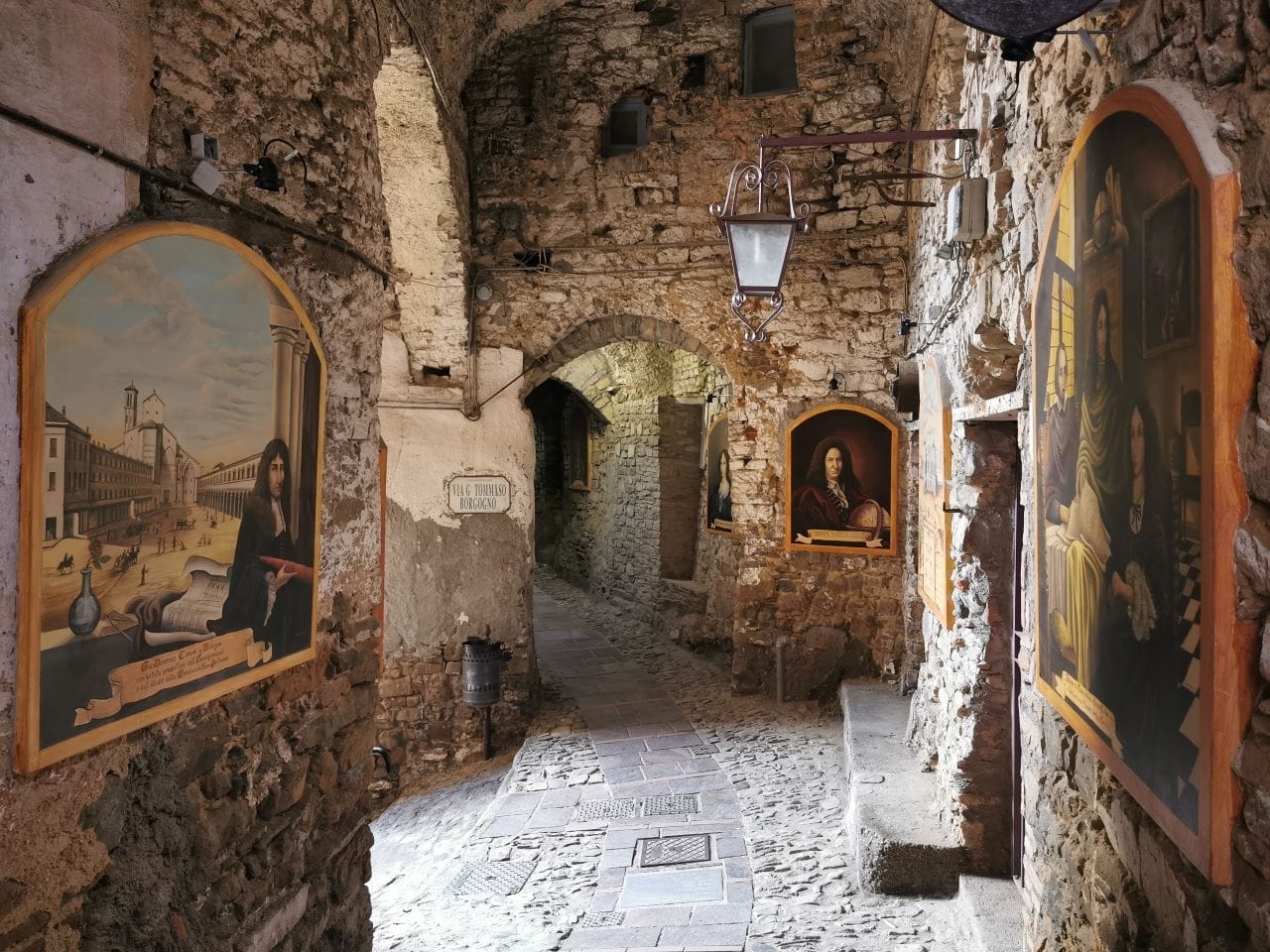If it is true that Italy is a leopard spot quilted by an infinity of marvellous villages, it is equally true that some of them are distinguished by characteristics that contribute to their uniqueness. Among these, which are the record-breaking ones? What makes them different?
The smallest
The first record-breaking village is Morterone, part of the province of Lecco. Its 30 residents make it the smallest town in our country. Its name is, in all probability, due to the Latin language. The name Morterone, in fact, seems to derive from “murtus”, a term that can be translated as “myrtle”. Arrived here, a good and right thing will be to land in front of the church of Santa Maria Assunta. Upon entering, there will be four chapels that can be seen from the side. The apse, whose conformation recalls a semicircle, has been richly decorated with a painting by Francesco Quaglio depicting the Assumption of the Virgin Mary.
The next stop is the outdoor Museum of Contemporary Art. The project, which came to light in the Eighties and is still in progress today, included an exhibition of various sculptural works. The latter have been arranged in correspondence with some of the main city locations.
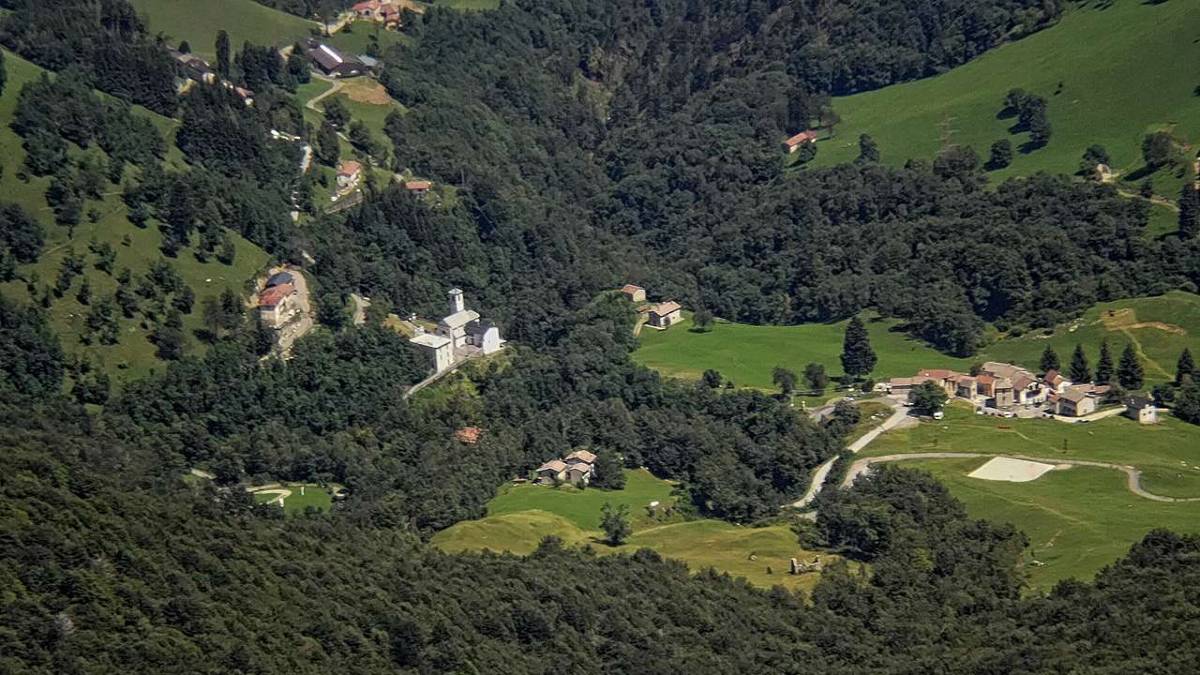
Photo by lakecomotourism.it
The most beautiful
In 2019, Bobbio was recognised by Rai 3’s programme “Il Borgo dei borghi”, the title of the most beautiful village in Italy. Just over 50 kilometres from Piacenza, this centre is magnificently symbolised by the Ponte Gobbo bridge. In connecting the two banks of the river Trebbia, it takes on a very uneven shape. In total, there are 11 arches, each one uneven from the other. The length is 273 metres.
Erected from the ground in Roman times, the Ponte Gobbo bridge has become the subject of some legends. According to one of these, the structure was designed by Satan himself. Promising St. Columbanus to finish it in one night, the devil demanded in exchange the soul of the first passerby. The saint, in making a dog cross, provoked the wrath of the devil, who returned to Hell by kicking a work that since then has taken on a lopsided aspect.
There are many events that take place here every year. One of them is the famous Bobbiese Carnival. A cheerful procession, made up of floats as well as participants coming from the neighbouring towns and villages, fills the town centre with joviality. The guests, moreover, will be inebriated by the fragrances emitted by the many sweet carnival sweets prepared here. Among these are the unmistakable chatter.
Another very heartfelt celebration is the homage to St. Joseph, on March 19th. In the locality of Candia, at 8:30 in the evening, a big bonfire is set up to support the passage from the winter to the spring season.

The oldest
To track him down, we should take a leap into Maremma, in the province of Grosseto. The centre in question is Saturnia, a hamlet belonging to the municipality of Manciano. Some finds found on site have testified the permanence of human settlements since the Bronze Age. According to the Greek historian Dionysius of Halicarnassus, it seems that the creators of the foundation of the city were the Pelasgians, a population originating on the banks of the Aegean Sea. It would be a real shame to leave Saturnia without having admired an ancient city wall, built by the Romans in the second century BC.
After having had the entire wall complex restructured, in the Middle Ages the Aldobrandeschi family further extended its already accentuated extension. In the fifteenth century, because of the evident damages, the Sienese rebuilt walls that still today skirt almost the entire village.
The Church of Santa Maria Maddalena is also worthy of interest. Although it was first mentioned in 1118, the aspect it now boasts was attributed to a restoration carried out in the 1930s.
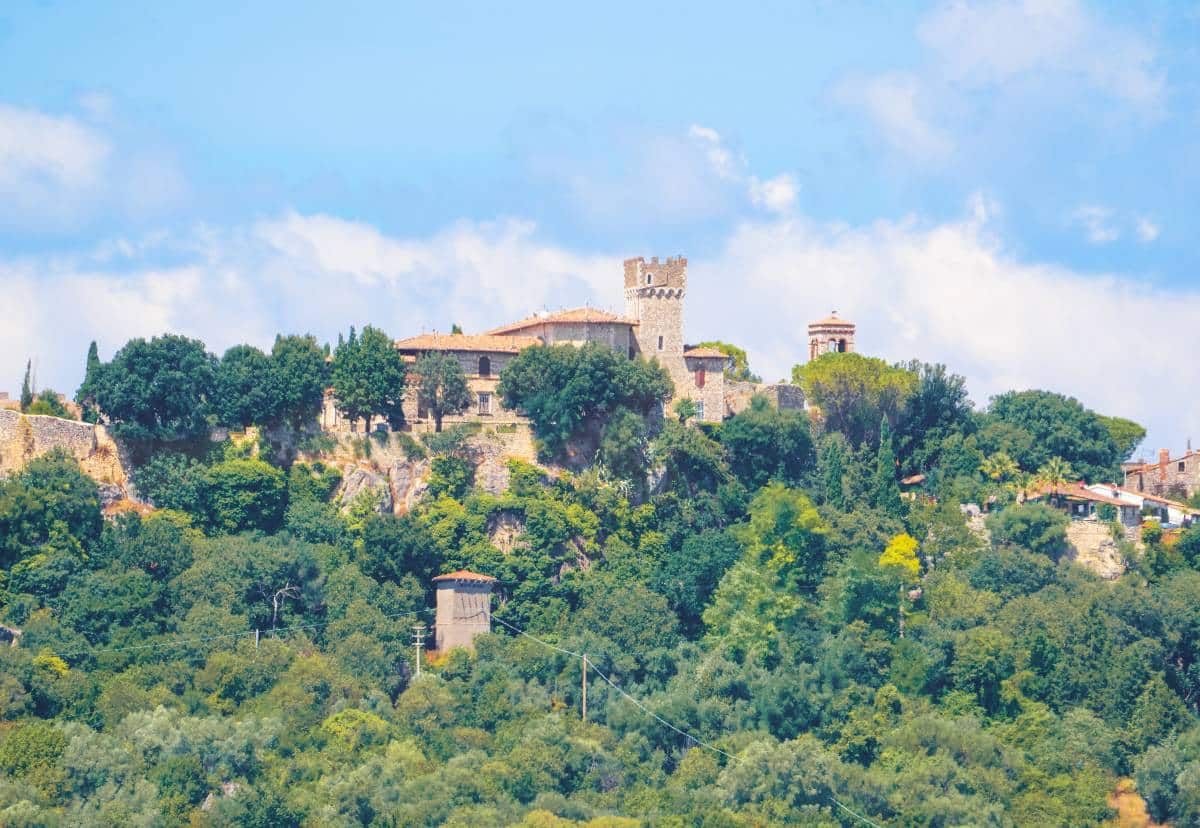
The one with the narrowest alley
It is impossible to close the list of record-breaking villages without mentioning the one with the narrowest alley. In Abruzzo, more precisely in the province of Teramo, there is a village that for peculiarity deserves to be crossed is that of Civitella del Tronto, a little less than 5,000 souls in all. The reason for its success is to be found in the presence, in the inhabited centre, of what seems to be the narrowest alley in Italy. Labelled in the local dialect with the words “ruetta”, the alley effectively exemplifies a recurring feature of many Italian historic centres, characterised by narrow streets designed to channel the assailants taking them by surprise from behind. From side to side, the width is only 40 centimetres. Before entering, strictly one at a time, visitors will be greeted by a plaque on which is written: “la Ruetta, d’Italia la via più stretta”. The limited dimensions also affect its length, which amounts to only about fifty centimetres. Going on and overcoming this narrow stretch, the Ruetta tends in fact to widen, touching 66 centimetres.



